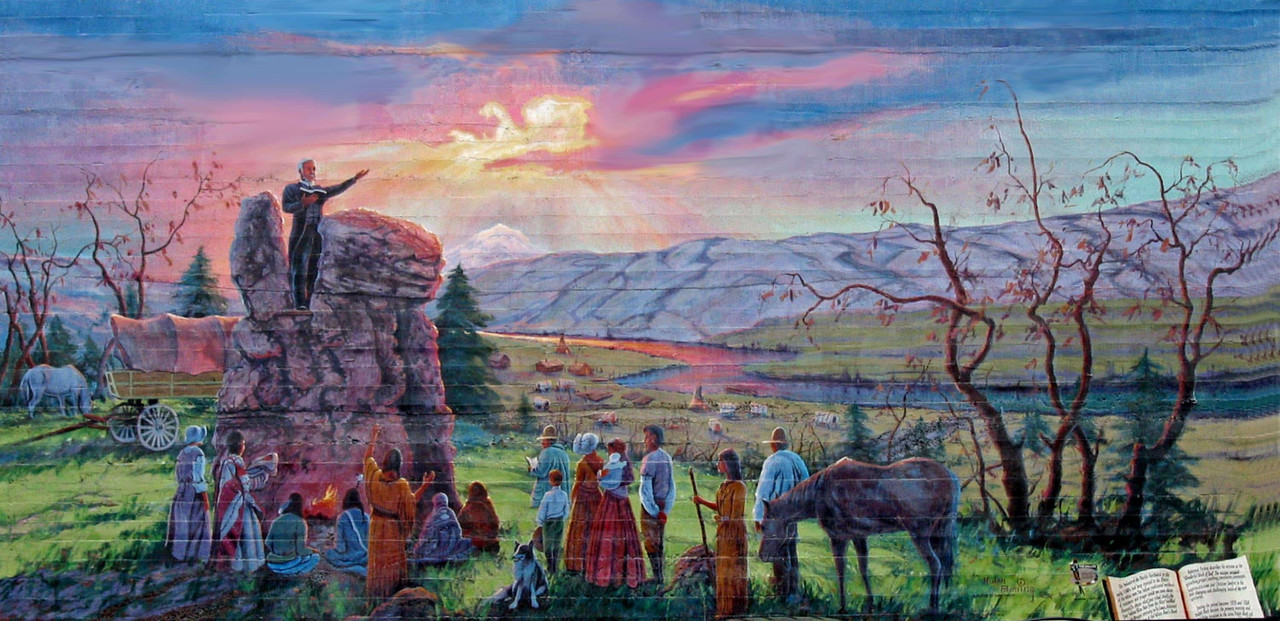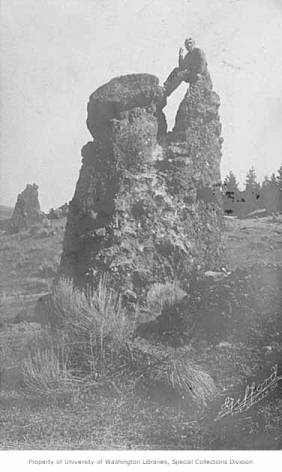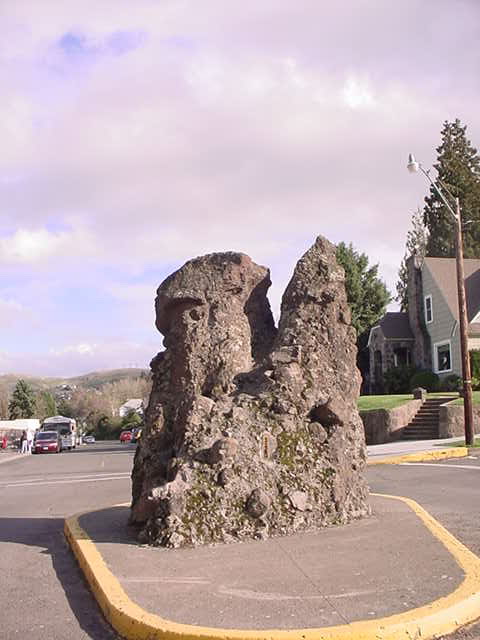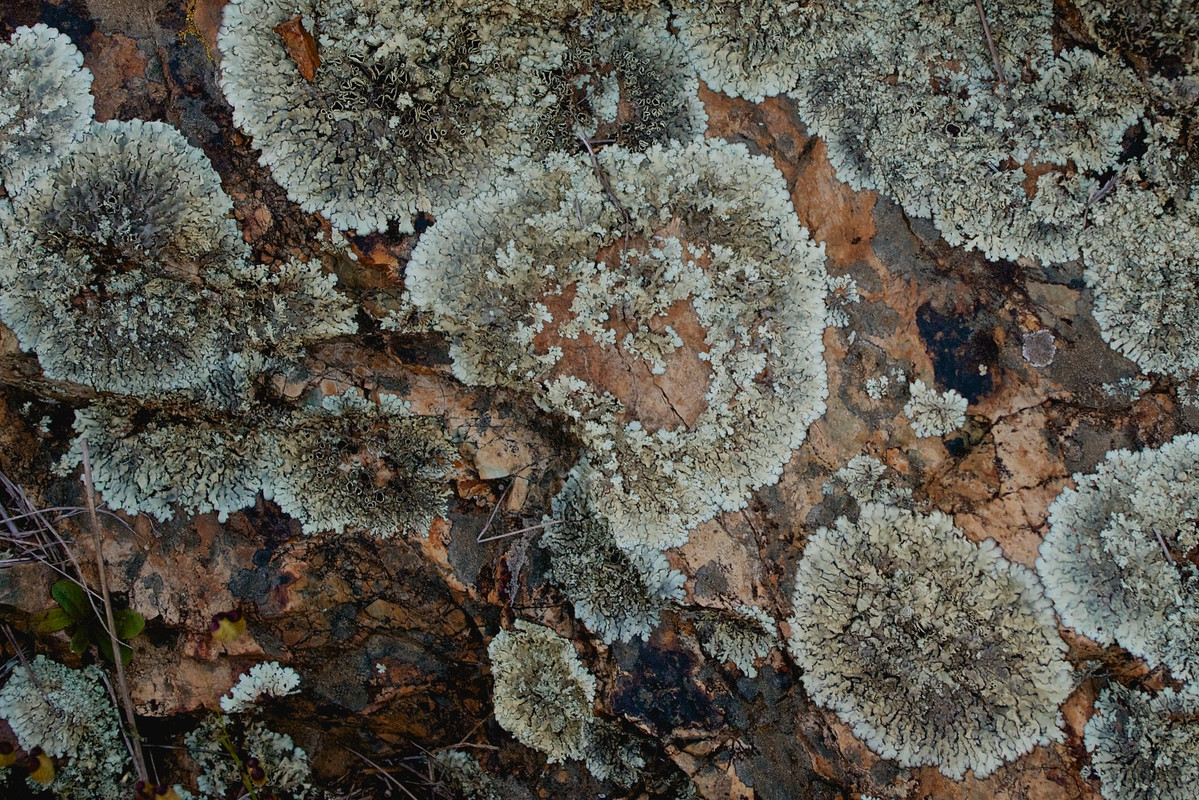Note: This is an Earthcache. Put simply, that means it is not a traditional cache, but its purpose is to help educate those who find it about some geologic aspect of the area they find themselves in. To log this cache, you will NOT be looking for a typical geocache container (in fact, there IS no container to find). Rather, to prove you were here and learned something you'll need to find the answers to the given questions (found at the end of this description), which you will then email me, the owner (this is the same process for ALL Earthcaches).
So go ahead and log your experience while here, submit photos, etc., but email your answers to me (not in your visit log) to get credit for "finding" this cache. If it seems too complicated, don't sweat it too much (as long as I can see that you made an honest effort to answer all of the questions, that is fine). Remember that the purpose of this is to learn something, and most importantly, to have fun! Also, feel free to email me with any questions you may have, I'd be happy to help.
After reading the following information, you should be able to easily answer the following questions. Email me the appropriate answers (don't post them in your log, or per Earthcache guidelines your post will have to be deleted), and most of all, have fun!
- Look at Pulpit Rock, and describe its size, its composition, feel of the rock, etc.
- What weathering factor(s) do you think have led to this lone rock's current formation, given the rock itself, the surrounding environment, what you've learned, etc.?
- (Optional) Post a picture of Pulpit Rock (with yourself, if you'd like).

Pulpit Rock, artistically depicted as it once was when used in the mid 1800s to proselyte to the Natives and Settlers alike (www.thedallesmuralsociety.com)
Pulpit Rock History: Then and Now
Pulpit Rock is a unique mostly basalt rock formation in The Dalles, Oregon - and it is a popular destination for Easter! It is located at the intersection of what is now East 12th and Court Streets in The Dalles, Oregon. In 1838, Methodist ministers founded the Wascopam Methodist Mission at the location, near what would later become Fort Dalles. According to various sources, the site was chosen because it overlooked a spring where Native Americans came to water their horses and the rock was used to preach to the local tribes during the 1830s and 1840s.
One of the founders of the Mission, Reverend Jason Lee travelled frequently between Oregon and the East Coast, speaking about the importance of the Oregon Terriorty. His passion is said to have drawn attention to Oregon and contributed to the mass emmigration on the Oregon Trail.
 Pulpit Rock itself is a large rock about 12 feet tall that was carved by natural elemants. It sits right in the middle of the street just South of The Dalles-Washtonka High School. Every year at Easter, the surrounding streets are closed and Easter Church Services are offered at the site.
Pulpit Rock itself is a large rock about 12 feet tall that was carved by natural elemants. It sits right in the middle of the street just South of The Dalles-Washtonka High School. Every year at Easter, the surrounding streets are closed and Easter Church Services are offered at the site.
Right is a photo of a person on Pulpit Rock circa 1900 (washington.edu)
Want to attend Easter Services at Pulpit Rock but not familiar with The Dalles? The Dalles, Oregon is a small rural town steeped in history, 80 miles East of Portland in the Columbia River Gorge. It has been a meeting place for native tribes of the Northwest for over 10,000 years. Lewis & Clark camped here and it is on the Oregon Trail. The Dalles sits right on the Columbia River, the border between Oregon and Washington, 20 miles East of Hood River, and is one of the windsurfing/kiteboarding capitals of the world.
Geology Lesson: Weathering of the Rock
Weathering defines the set of physical, chemical, and/or biological processes which decay and break rock down into smaller pieces. Weathering processes can act independently and in concert as well as at different scales of observation. Erosion is the transport of the weathered debris, often by wind and water, away from the weathered area. Particularly in arid regions where wettings are infrequent, soil and weathering products often remain nearby.

So how was this particular unique rock feature created? What caused it to occur? There are many theories, but I'll give you a few to consider, and then you can decide for yourself how you think it was created.
Salt
One possible explanation for its shape is a process called salt weathering, a type of physical weathering. Basically, the salt can arrive in a number of ways to the rock that is undergoing weathering. It can be in the nearby soil, and rain or wind can deposit it on the surface of the rock. Or, it could be from the relatively nearby ocean water, carried aloft in fog or by wind. Sometimes the salt may originate in the rock itself.
Left: Pulpit Rock, as can be seen today.
However it gets there, once there it will eventually crystallize. If the rock already has some porosity, the salt will often fill the tiny and even microscopic holes near the surface of the rock, and as the salt accumulates, the arrival of water will help catalyze the formation of salt crystals (which grow and expand), thus causes stress to the rock around the salt, thereby flaking off grains and pieces.

Above: "Frost action" diagram (note that this is process is nearly identical to salt weathering).
Water
Another explanation is simply the presence of water. When water arrives, whether in rainfall, floods, etc., it is absorbed by the rock. The presence of water can cause physical weathering through mineral swelling (especially if there is clay in the rock), which can weaken and break apart the rock particles, especially along the surface. Also, the water can be absorbed and then later freeze, which often happens in drier environments at night, as the temperatures drop dramatically. The formation of ice crystals (much like salt crystals) puts pressure and stress on the surrounding rock, which leads to flaking and breakup of the rock (this process is called frost action).
Water can also cause chemical weathering. Water can bring all sorts of different minerals along with it, which can chemically react with the stone and minerals therein. These processes can also weaken the rock, and lead to weathering, flaking, etc.
 Biological
Biological
Biological weathering is another possibility. Creatures such as snails, plants, fungus, etc. often secrete different chemicals and acids into the environment around them, which can weaken the rock. Other forces, such as water, wind, etc. can then more easily weaken and weather and erode the rock. The nearby lichen is a possible candidate, as are other organisms that may grow along the surface. Human activity (climbing up the rock, for instance), could be considered a form of biological or physical weathering.
Right: Like this lichen pictured here, various living things can break down rock in various ways, aka Biological Weathering (thedigitalstory.com)
Other Possible Factors
Frankly there are many possible candidates that could cause and develop these unique formations. One is cementation, which occurs when water laden with cementing agents like silica oxide, iron oxide (rust), and calcite coats the surface of a rock, thus causing weathering effects to be temporarily limited in that area, but not others. Weathering may occur when this hardened outer layer is breached revealing a core depleted in cement and especially susceptible to weathering, a process known as core softening.
Other factors including porosity, permeability, conductivity, feldspar concentration, bedding, jointing, fracturing, grain size, and grain sorting, which may also augment weathering. For example, if the rock is already porous, then any particles that fall or break off inside a cavity would be subject to wind, which would blow them around, further weathering away the inside of the cavity.
Conclusion
So how did Pulpit Rock form? That is up for debate, but based on what you find at the site, you should be able to make an educated guess. I hope you enjoyed visiting this beautiful area, and enjoyed learning something about this interesting geologic and historical curiosity. Thanks for visiting!
Source: Adapted from www.activerain.com, and other sources as noted.
In conclusion, remember: to log this cache, use the following info, your surroundings and head to answer the following questions. Email me the appropriate answers (don't post them in your log, or per Earthcache guidelines your post will have to be deleted), and most of all, have fun!
- Look at Pulpit Rock, and describe its size, its composition, feel of the rock, etc.
- What weathering factor(s) do you think have led to this lone rock's current formation, given the rock itself, the surrounding environment, what you've learned, etc.?
- (Optional) Post a picture of Pulpit Rock (with yourself, if you'd like).
This cache was created by an
